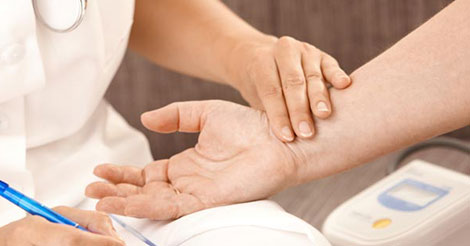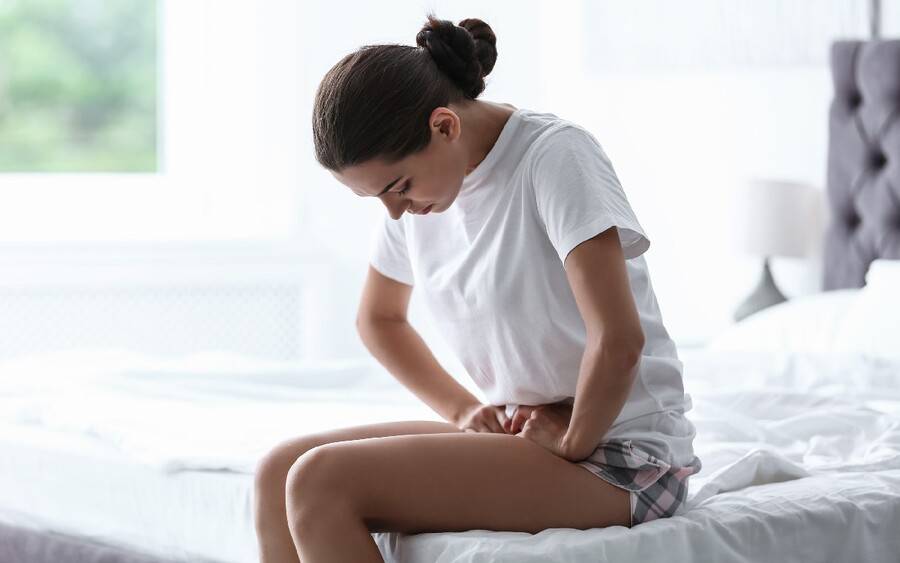Endometriosis is a painful disorder when tissue similar to the uterus lining grows outside the womb on other reproductive organs, including fallopian tubes and ovaries. The endometrial tissue thickens and sheds with each menstrual cycle, and so does the endometriosis tissue. However, it becomes trapped since it does not have an exit like endometrial tissue. Most women with Jackson Heights endometriosis experience cramping during their menstrual symptoms, which is usually more severe than typical menstrual pain. The following are complications likely to result from endometriosis.
Infertility
Impaired fertility has to be the most common complication of endometriosis. It is not fully established how endometriosis causes infertility, but it is thought to be damage to the ovaries or fallopian tubes. For pregnancy to occur, an ovary must release an egg, which travels through the fallopian tube and gets fertilized by sperm cells before attaching itself to the uterine walls. Endometriosis may block the tube, preventing fertilization. It can also indirectly affect fertility by damaging eggs and sperm.
Not all women with endometriosis have fertility problems; others eventually get pregnant without treatment. Patients with endometriosis who wish to have children are advised to do that sooner since the condition can worsen over time. If endometriosis affects your fertility, surgery to remove visible patches of endometriosis tissue may help, but this is no guarantee that you will get pregnant. If your condition is mild, infertility treatments such as in-vitro fertilization can help.
Cancer
The overall lifetime risk of ovarian cancer is low, but it occurs at higher than expected rates in patients with endometriosis. Although rare, there is also a likelihood of developing endometriosis-associated adenocarcinoma later.
Adhesions and ovarian cysts
If the endometrial-like tissue grows in or near the ovaries, you may develop adhesions and ovarian cysts. Adhesions are when two organs join together due to endometriosis tissue. Fluid-filled cysts can also form in the ovaries and can sometimes become large and painful when they rupture. While surgery may help treat adhesions and ovarian cysts, they may occur again in the future.
Surgery complications
If your doctor recommends surgery as a treatment for endometriosis, there is a risk that you may develop some of the common complications such as minor bleeding, wound infection, and bruising. Other potential serious complications include severe bleeding inside the tummy. Surgery can also cause damage to the surrounding organs, such as the bladder. There is also a risk of deep vein thrombosis, which may cause a pulmonary embolism. Your doctor may talk to you about the risks and benefits of surgery to treat endometriosis.
Bladder problems
Endometriosis can affect other organs such as the bladder and bowel, making it difficult to treat. If your bladder is affected, your doctor may recommend surgery to excise part of the bladder. You may need a urinary catheter to help you pass urine days after surgery. Sometimes a urostomy is done whereby a small hole is made in your tummy and through which a small bag for peeing attaches.
If you have pelvic pain and other endometriosis symptoms such as pain with intercourse, and infertility, visit your specialist at Raveco Medical for diagnosis and treatment to avoid the above complications.









